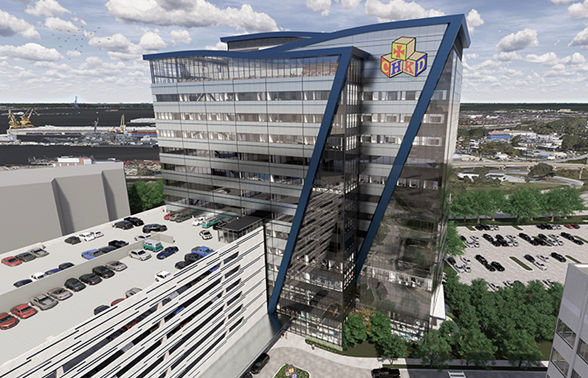Equipment Planning Considerations for Behavioral Health Facilities
- Jenna Augustine
- Mar 1, 2022
- 2 min read
Updated: Nov 3, 2022

You may not think that a behavioral health hospital would have much medical equipment to warrant hiring an equipment planner, but it requires a skill set and knowledge from an equipment planner who understands the unique needs and design considerations of behavioral health environments. Below find insights regarding equipment planning for these facilities.
Patient Population
The patient population of a behavioral health facility can be quite diverse. Some facilities may cater to a specialty population while others may have mixed populations. An adolescent population often has more therapy spaces, such as art, music, or even an outdoor playground, whereas a military population includes more exercise space and gym equipment. Some populations may require electroconvulsive therapy (ECT), which precipitates a need for anesthesia equipment and advanced resuscitation equipment. Therefore, there is a wide array of equipment to have knowledge of when it comes to behavioral health facilities.
Patient Safety
Ligature risks are a major concern for all behavioral health populations. When it comes to equipment, hospitals need to be mindful of not only what equipment is purchased, but also where it is stored. For example, most behavioral health hospitals will purchase simple vital signs monitors; however, these must remain locked at the Nurse’s Stations due to potential ligature risk from the cords. It is important to work with the architects and designers to include appropriately sized spaces for this equipment. For the same reason, medical equipment in patient rooms is practically non-existent due to ligature risks and the inability to provide one-on-one observation, but some patients may require a CPAP machine to sleep. This requires a special locked box to be made with a sloped top, which eliminates the ligature risk.
Adequate Storage
Based on the patient populations and ligature concerns, there are multiple supply storage considerations to consider for a behavioral health facility. All the art supplies, gym equipment, and medical supplies need to be stored and locked. Additionally, exam rooms will need diagnostic systems that include sphygmomanometers, thermometers, and otoscopes that cannot be mounted on the wall for patient safety reasons. Rolling equipment, including mobile wire racks and carts, are essential to keeping this equipment and materials organized and safe. All these items need to be secured in an appropriately sized locked area. This is an area often overlooked when laying out a floor plan.
To ensure patient and staff safety, it is important to include an equipment planner that brings behavioral health experience to your team and understands these issues. HBS equipment planners bring extensive experience in designing behavioral health facilities including substance abuse facilities, a new behavioral health tower for The Children’s Hospital of the King’s Daughter in Richmond, VA (image above) and the Central State Behavioral Hospital for the State of Virginia.

Comentários